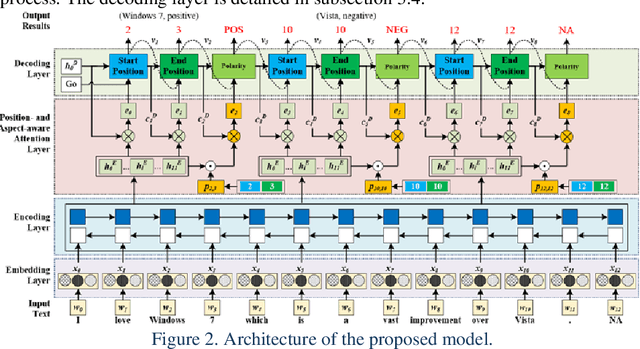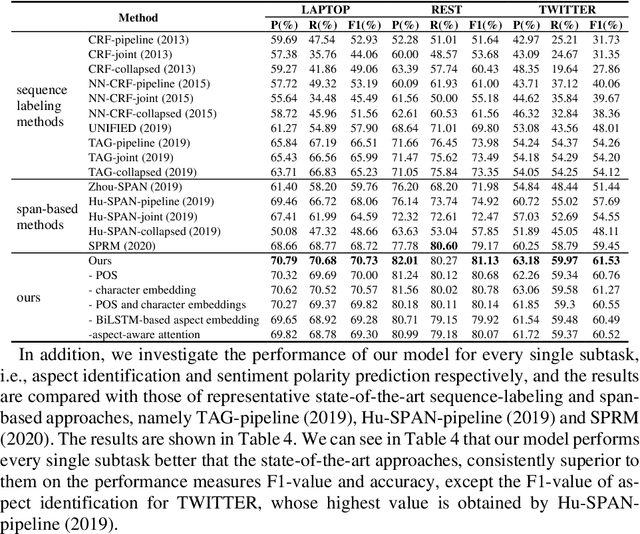Zhonghua Yu
Learning from Atypical Behavior: Temporary Interest Aware Recommendation Based on Reinforcement Learning
Jan 16, 2022Abstract:Traditional robust recommendation methods view atypical user-item interactions as noise and aim to reduce their impact with some kind of noise filtering technique, which often suffers from two challenges. First, in real world, atypical interactions may signal users' temporary interest different from their general preference. Therefore, simply filtering out the atypical interactions as noise may be inappropriate and degrade the personalization of recommendations. Second, it is hard to acquire the temporary interest since there are no explicit supervision signals to indicate whether an interaction is atypical or not. To address this challenges, we propose a novel model called Temporary Interest Aware Recommendation (TIARec), which can distinguish atypical interactions from normal ones without supervision and capture the temporary interest as well as the general preference of users. Particularly, we propose a reinforcement learning framework containing a recommender agent and an auxiliary classifier agent, which are jointly trained with the objective of maximizing the cumulative return of the recommendations made by the recommender agent. During the joint training process, the classifier agent can judge whether the interaction with an item recommended by the recommender agent is atypical, and the knowledge about learning temporary interest from atypical interactions can be transferred to the recommender agent, which makes the recommender agent able to alone make recommendations that balance the general preference and temporary interest of users. At last, the experiments conducted on real world datasets verify the effectiveness of TIARec.
Extracting all Aspect-polarity Pairs Jointly in a Text with Relation Extraction Approach
Sep 01, 2021



Abstract:Extracting aspect-polarity pairs from texts is an important task of fine-grained sentiment analysis. While the existing approaches to this task have gained many progresses, they are limited at capturing relationships among aspect-polarity pairs in a text, thus degrading the extraction performance. Moreover, the existing state-of-the-art approaches, namely token-based se-quence tagging and span-based classification, have their own defects such as polarity inconsistency resulted from separately tagging tokens in the former and the heterogeneous categorization in the latter where aspect-related and polarity-related labels are mixed. In order to remedy the above defects, in-spiring from the recent advancements in relation extraction, we propose to generate aspect-polarity pairs directly from a text with relation extraction technology, regarding aspect-pairs as unary relations where aspects are enti-ties and the corresponding polarities are relations. Based on the perspective, we present a position- and aspect-aware sequence2sequence model for joint extraction of aspect-polarity pairs. The model is characterized with its ability to capture not only relationships among aspect-polarity pairs in a text through the sequence decoding, but also correlations between an aspect and its polarity through the position- and aspect-aware attentions. The experi-ments performed on three benchmark datasets demonstrate that our model outperforms the existing state-of-the-art approaches, making significant im-provement over them.
 Add to Chrome
Add to Chrome Add to Firefox
Add to Firefox Add to Edge
Add to Edge